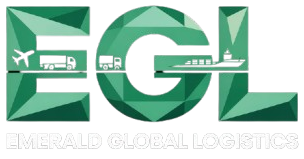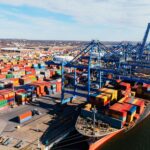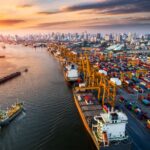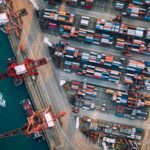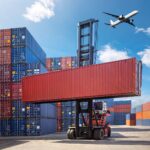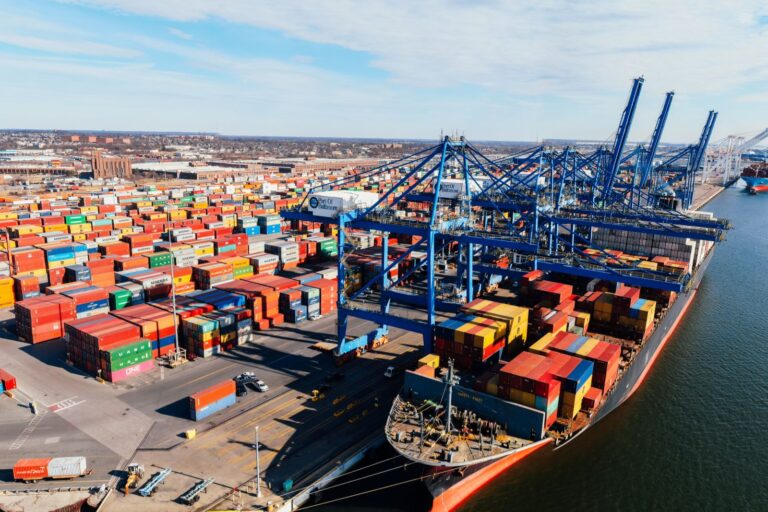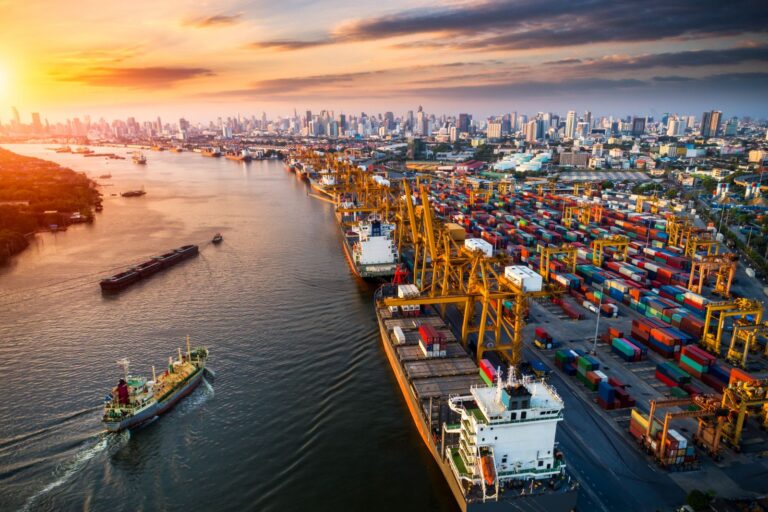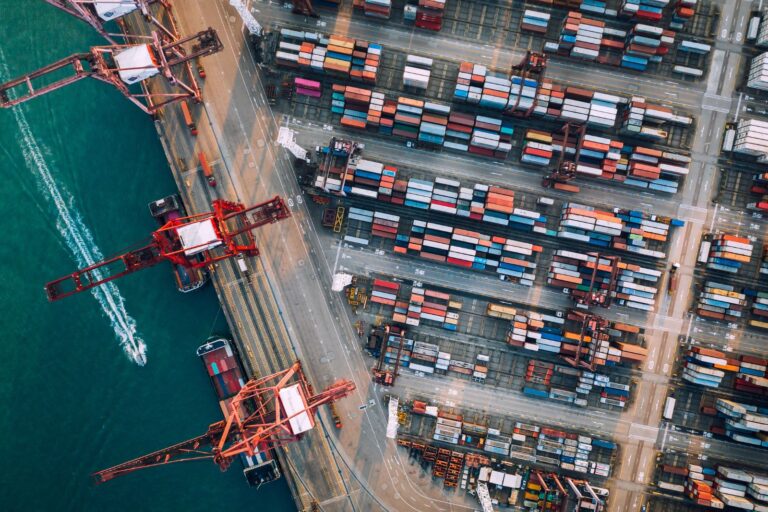Global trade relies heavily on efficient, secure, and cost-effective transportation methods. One of the most widely used solutions is container shipping, a method that allows businesses to move goods across international borders safely and efficiently. Whether you’re an exporter, importer, or e-commerce business, understanding container shipping is crucial to streamline logistics and reduce operational costs.
Container shipping simplifies the transport of goods by standardising cargo units, which can be moved by ships, trucks, or trains. It protects products from damage, theft, and environmental factors, making it the backbone of international trade.
At EGL – Emerald Global Logistics, we provide tailored container shipping solutions across Australia and globally, ensuring your shipments are managed professionally from origin to destination.
Key Features of Container Shipping
1. Standardised Containers
- Sizes: Commonly 20ft and 40ft containers.
- Benefits: Easier handling, storage, and transport.
- Tip: Choose container size based on volume and weight of cargo.
2. Versatile Cargo Transport
- Types of Cargo: Dry goods, refrigerated items, hazardous materials.
- Flexibility: Containers can move seamlessly between ships, trucks, and trains.
3. Security and Safety
- Sealed Containers: Protect goods from theft and damage.
- Insurance: Optional insurance provides coverage for high-value shipments.
4. Cost Efficiency
- Bulk Transport: Reduced per-unit shipping costs.
- Reduced Handling: Minimises damage and delays during transit.
How Container Shipping Works
Step 1: Preparing the Cargo
- Pack and label items according to shipping regulations.
- Use pallets or crates for fragile goods.
Step 2: Booking a Container
- Contact a shipping provider like EGL for availability and rates.
- Choose container type (standard, refrigerated, or specialised).
Step 3: Documentation
- Prepare essential documents:
- Bill of Lading
- Commercial Invoice
- Packing List
- Certificate of Origin
- EGL assists businesses in preparing accurate paperwork to avoid customs delays.
Step 4: Loading and Sealing
- Containers are loaded at the warehouse or port.
- Seals ensure security during transit.
Step 5: Transport
- Containers move via sea, road, or rail to the destination port.
- Tracking systems monitor shipments in real time.
Step 6: Customs Clearance and Delivery
- Containers undergo inspection and clearance at the destination.
- Goods are delivered to the consignee safely and efficiently.
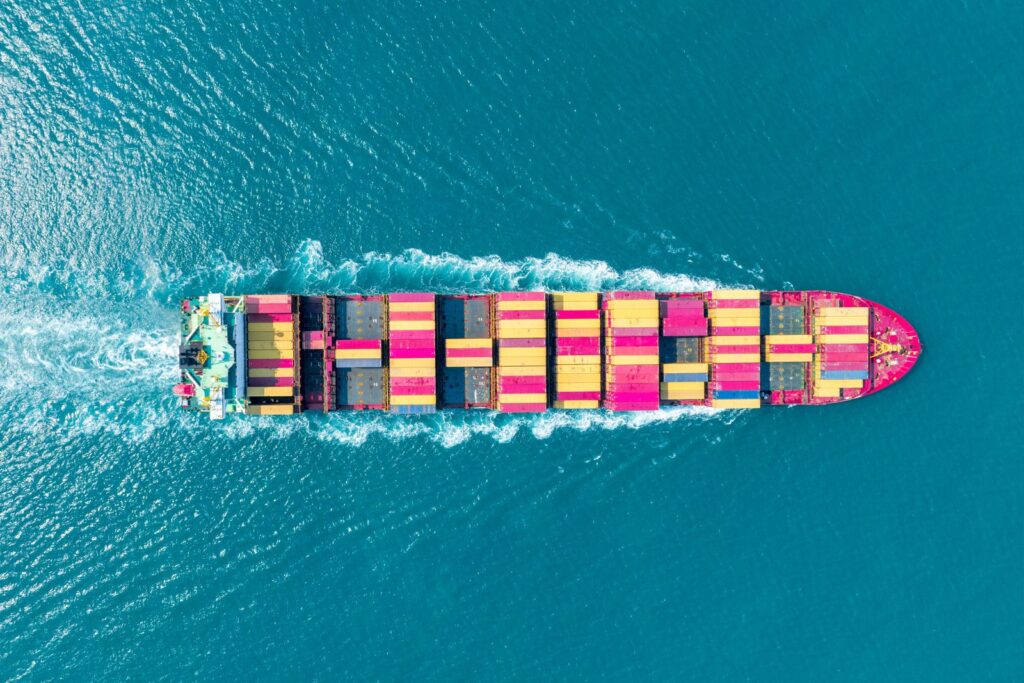
Benefits of Container Shipping
- Global Reach: Ship goods anywhere in the world.
- Protection: Safeguards cargo from environmental damage and theft.
- Efficiency: Reduces loading/unloading time and costs.
- Flexibility: Suitable for multiple cargo types, including bulk and fragile items.
- Scalability: Businesses can ship small or large volumes cost-effectively.
Costs and Pricing Insights
Container shipping costs vary depending on several factors:
- Distance and Route: Longer routes and popular ports may have higher costs.
- Container Size and Type: Standard vs refrigerated or specialised containers.
- Cargo Weight and Volume: Heavy or oversized goods may incur additional charges.
- Insurance and Handling Fees: Optional but recommended for valuable shipments.
Tip: Working with experienced providers like EGL helps optimise shipping costs while ensuring reliable service.
Tips & Best Practices
- Book Early: Container space can be limited during peak seasons.
- Accurate Documentation: Prevents customs fines or shipment delays.
- Track Shipments: Use tracking tools for real-time updates.
- Choose Reliable Providers: Experience and expertise ensure smooth logistics.
- Proper Packaging: Protects cargo during transit.
Common Mistakes to Avoid
- Selecting the wrong container size or type
- Inaccurate or missing documentation
- Delaying shipment bookings during peak season
- Not using tracking systems
- Ignoring customs and regulatory requirements
Use Cases & Examples
- E-commerce Businesses: Shipping products from Australia to international markets.
- Automotive Industry: Transporting car parts and accessories efficiently.
- Food & Beverage: Using refrigerated containers for perishable goods.
- Manufacturing: Moving machinery, tools, or raw materials securely.
With EGL’s expertise, businesses of all sizes can navigate container shipping seamlessly, ensuring timely and safe delivery of goods worldwide.
FAQs: What Is Container Shipping
1. What is container shipping?
- Container shipping is the transport of goods in standardised containers via sea, road, or rail.
2. Why use container shipping?
- It protects cargo, reduces costs, and simplifies global transport.
3. How long does container shipping take?
- Transit time depends on distance, route, and shipping mode.
4. What types of containers are available?
- Standard dry, refrigerated, open-top, and specialised containers.
5. Can a logistics provider handle all shipping steps?
- Yes, providers like EGL manage booking, documentation, transport, and delivery.
Conclusion
Understanding what is container shipping is essential for any business involved in international trade. Container shipping offers efficiency, cost savings, and security, making it the preferred method for transporting goods worldwide.
At EGL – Emerald Global Logistics, we provide expert container shipping services tailored to your business needs, ensuring smooth transit and timely delivery.
If you’re ready to streamline your logistics, contact EGL today for professional guidance and reliable shipping solutions.
